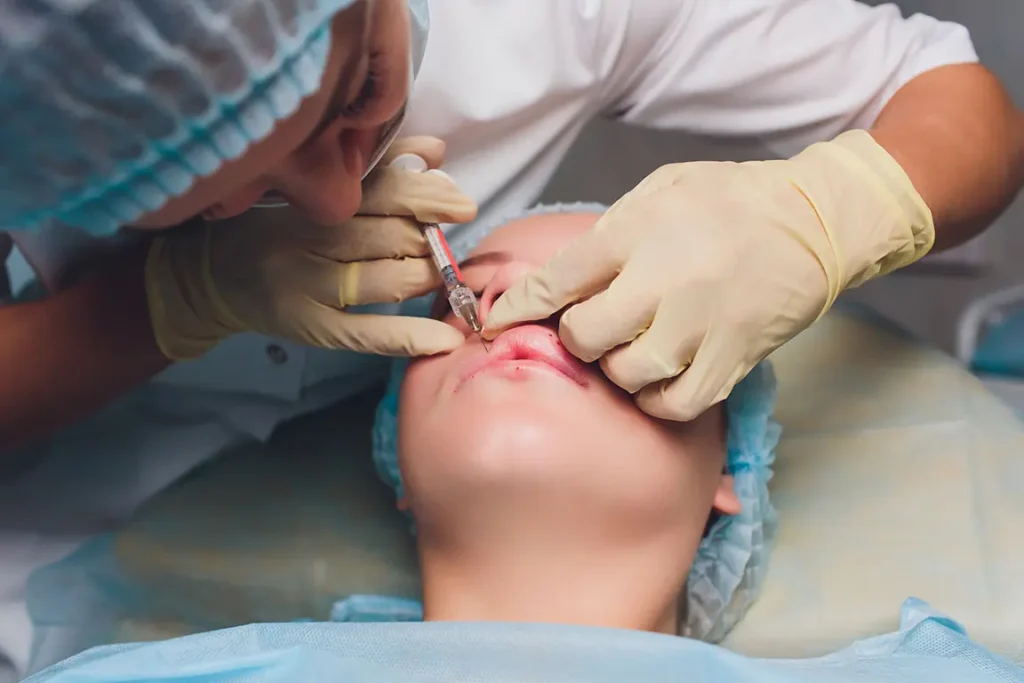
Cleft Lip Surgery
Cleft lip, lip and facial tissues in the first 4-8 weeks of pregnancy
It is a congenital condition resulting from the inability to fuse normally. Genetic and environmental factors are thought to have an effect. Types of cleft lip microform can be classified as incomplete and complete. Treatment, from birth It starts immediately after and usually the child receives surgical intervention around the age of 3.